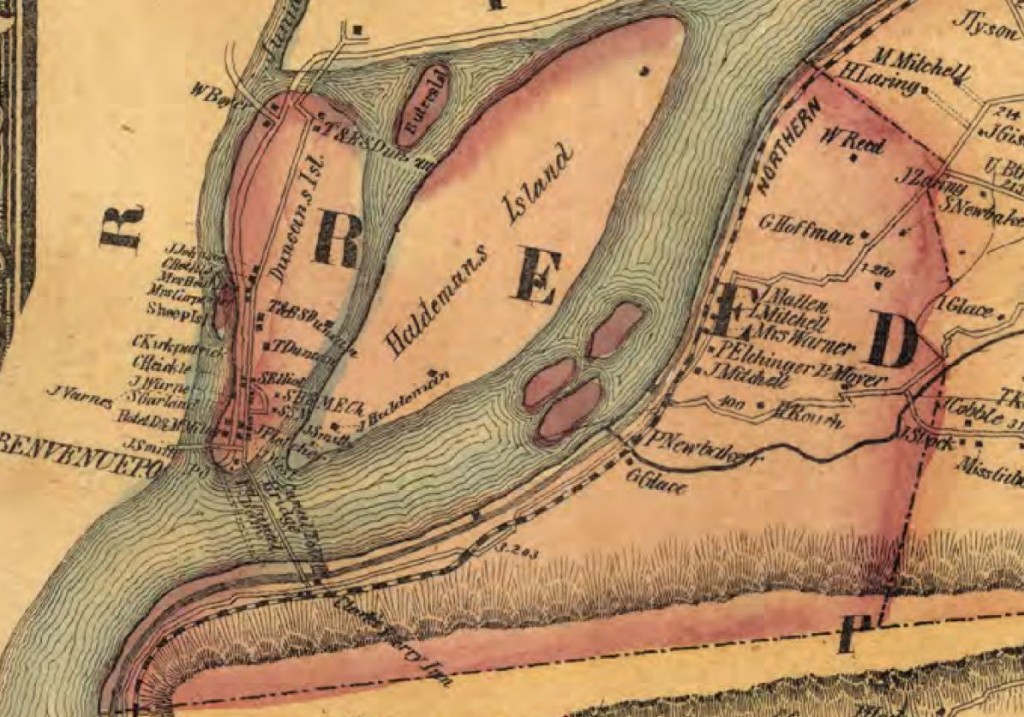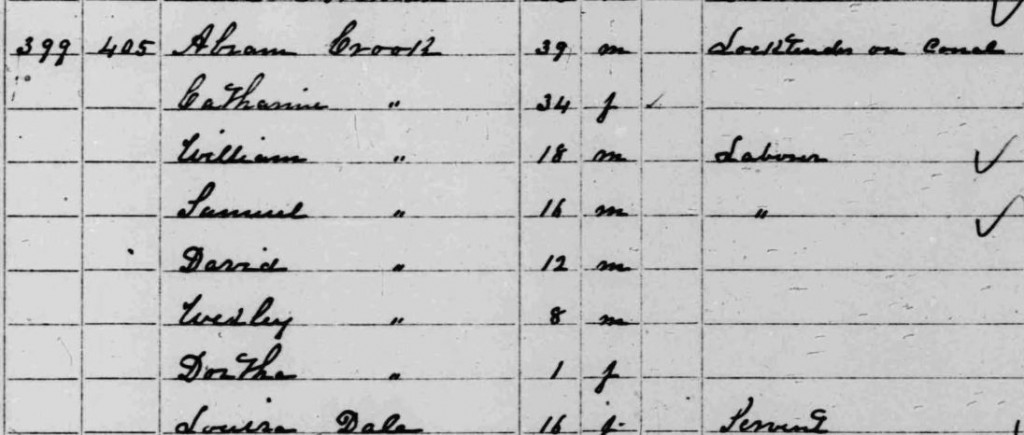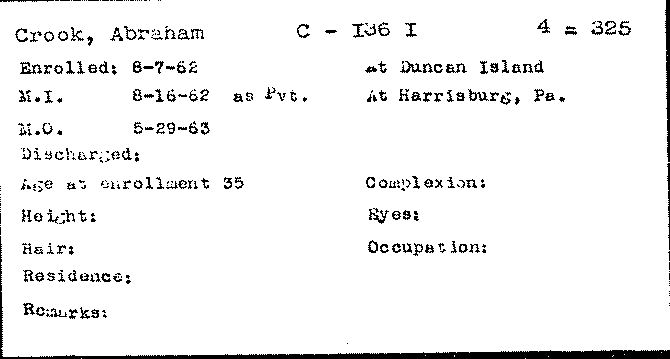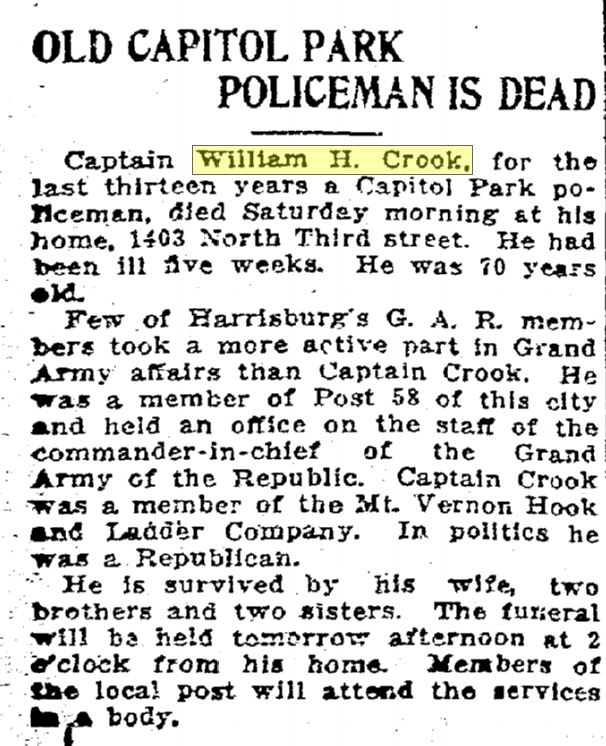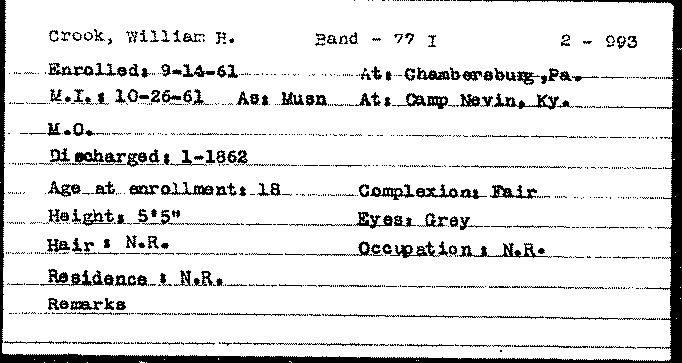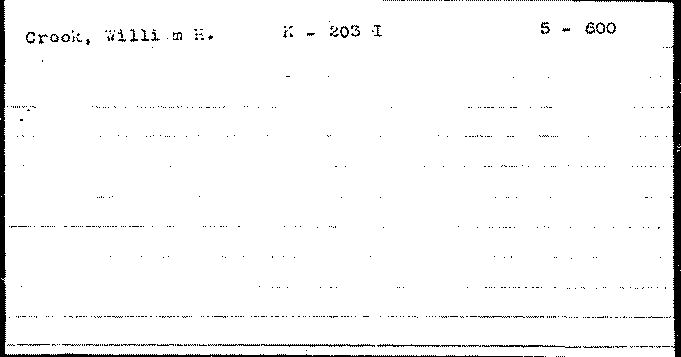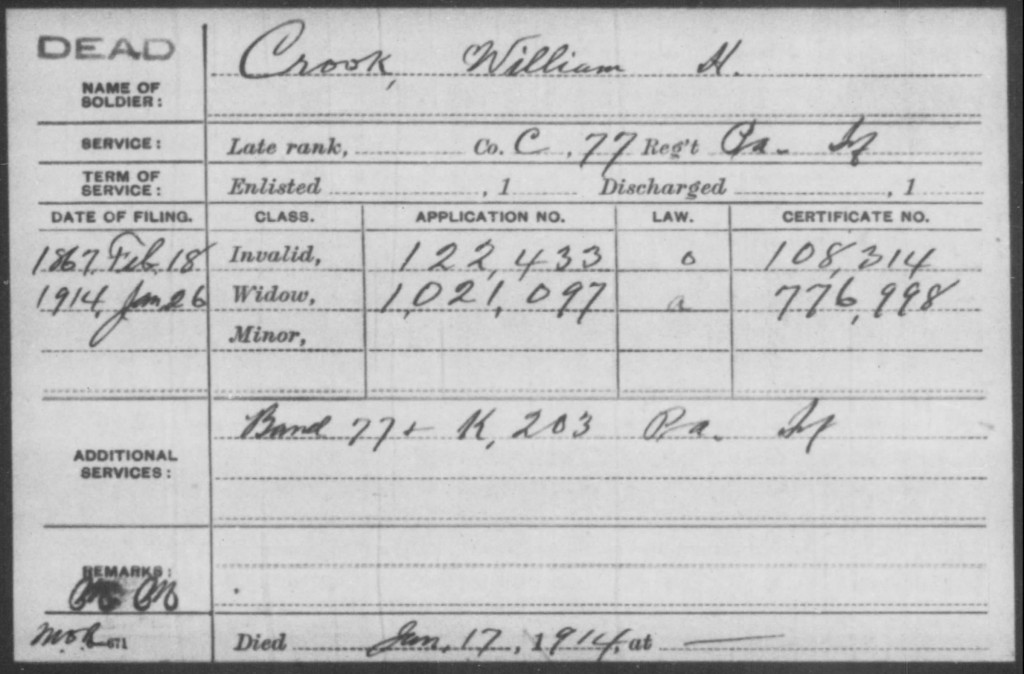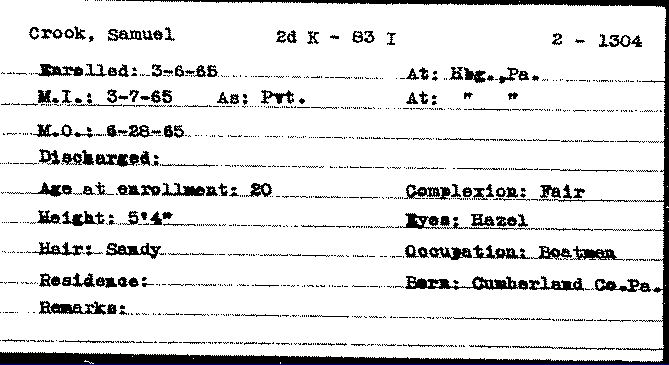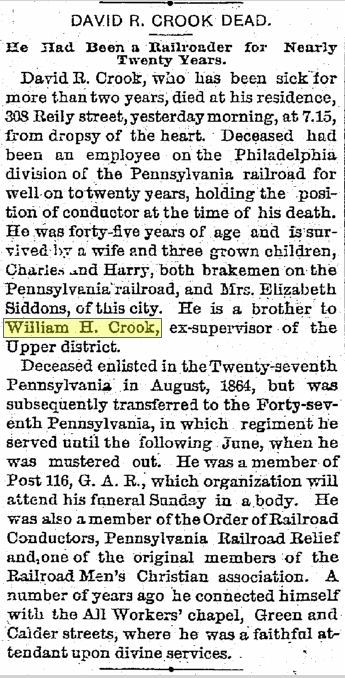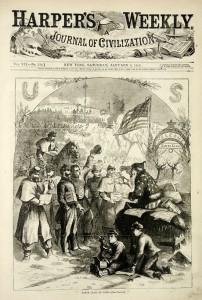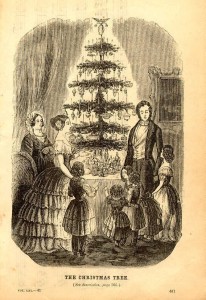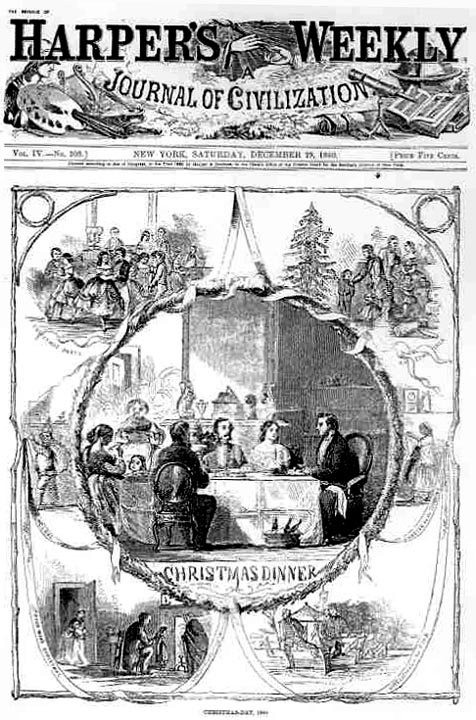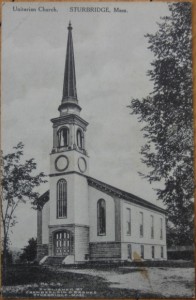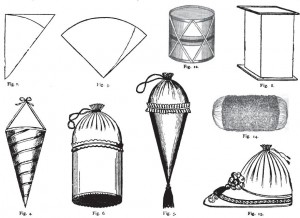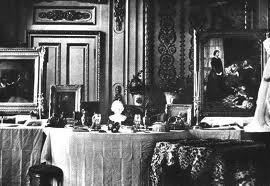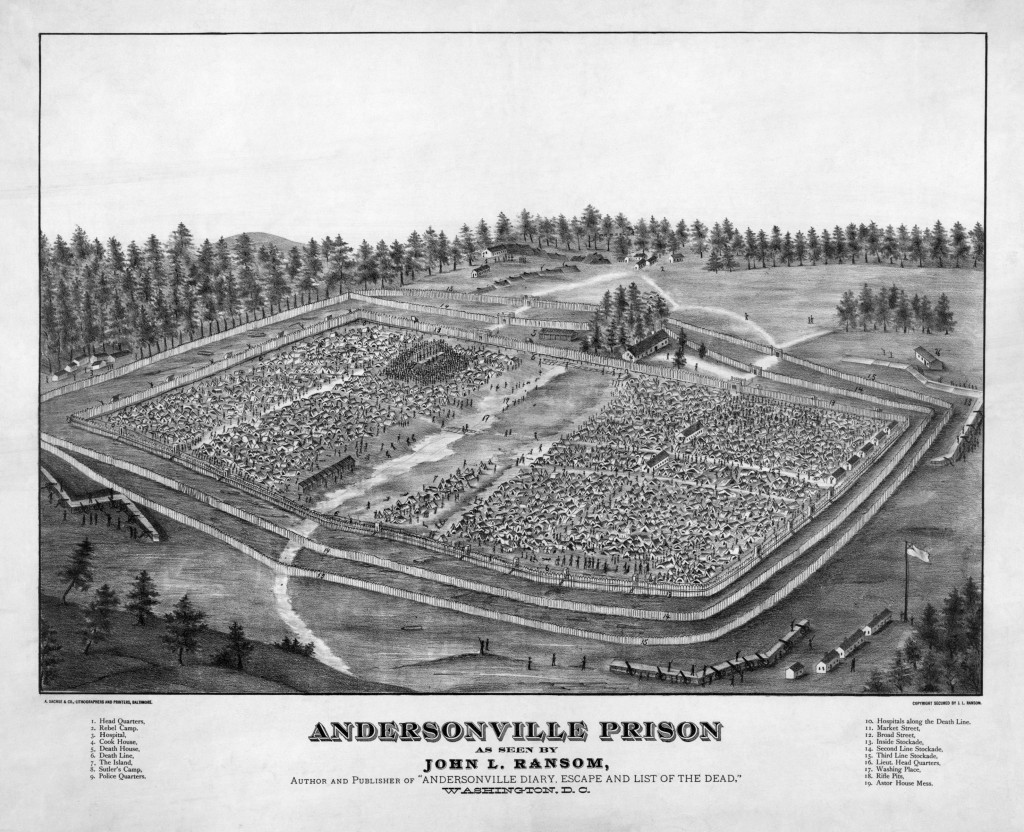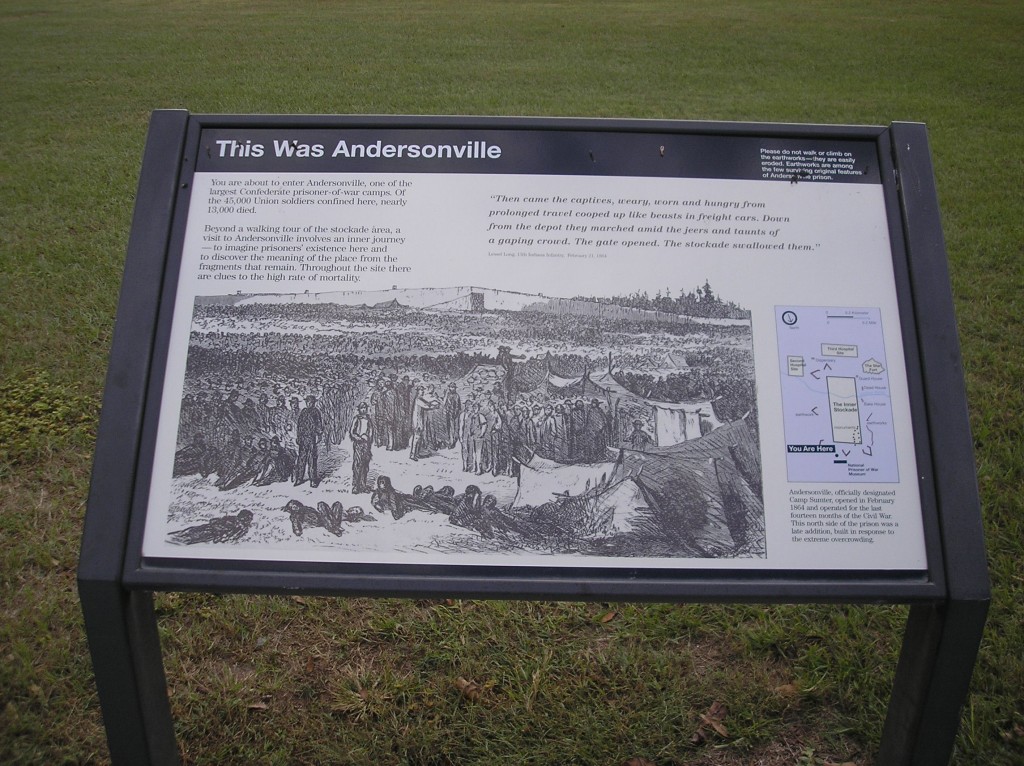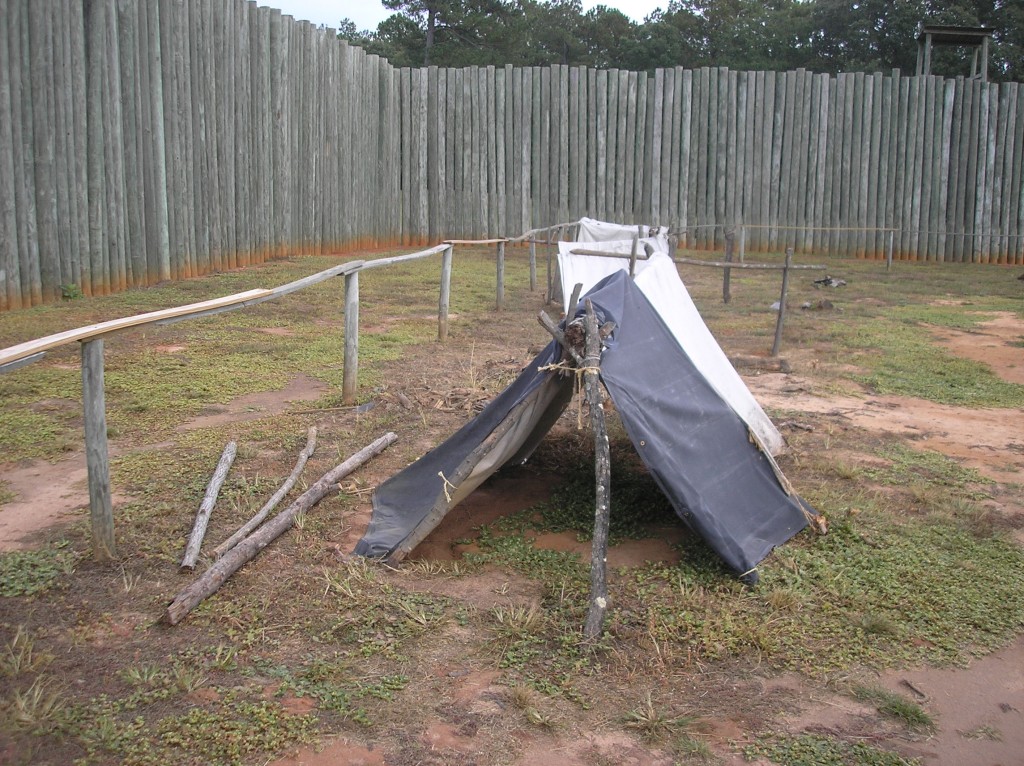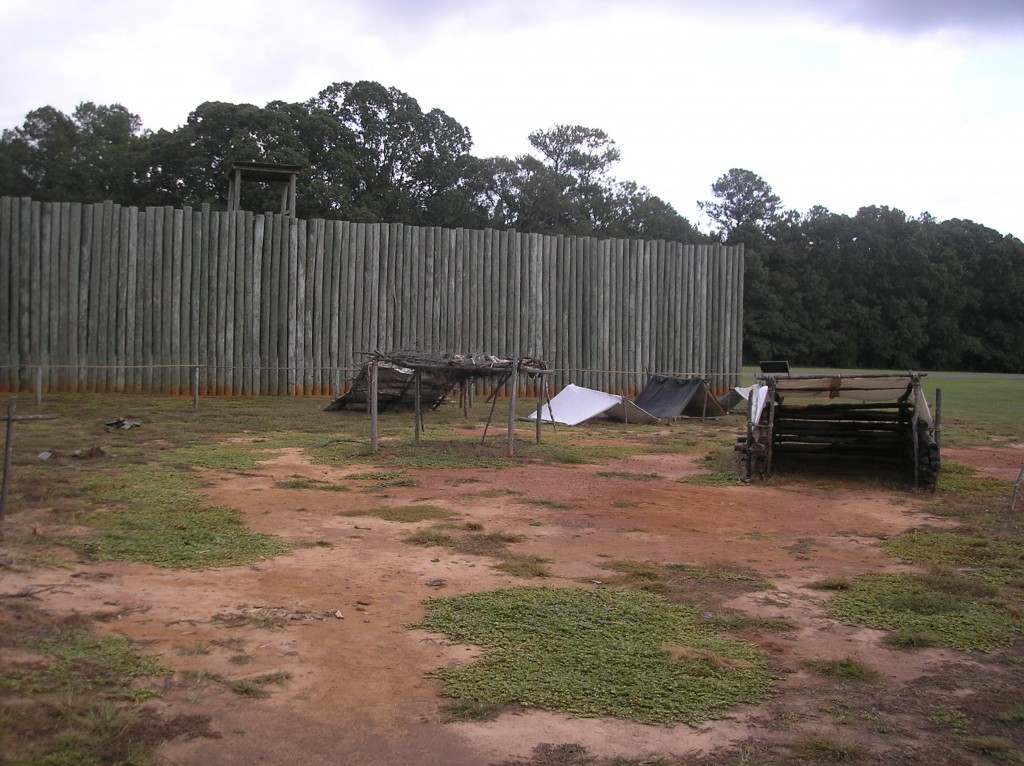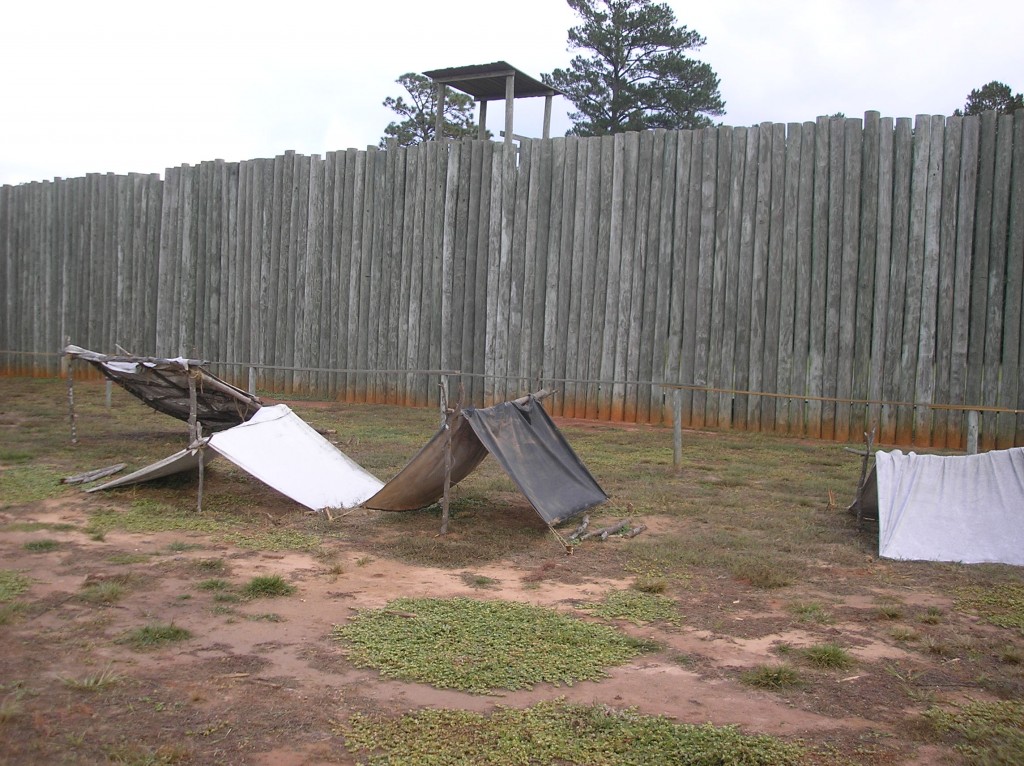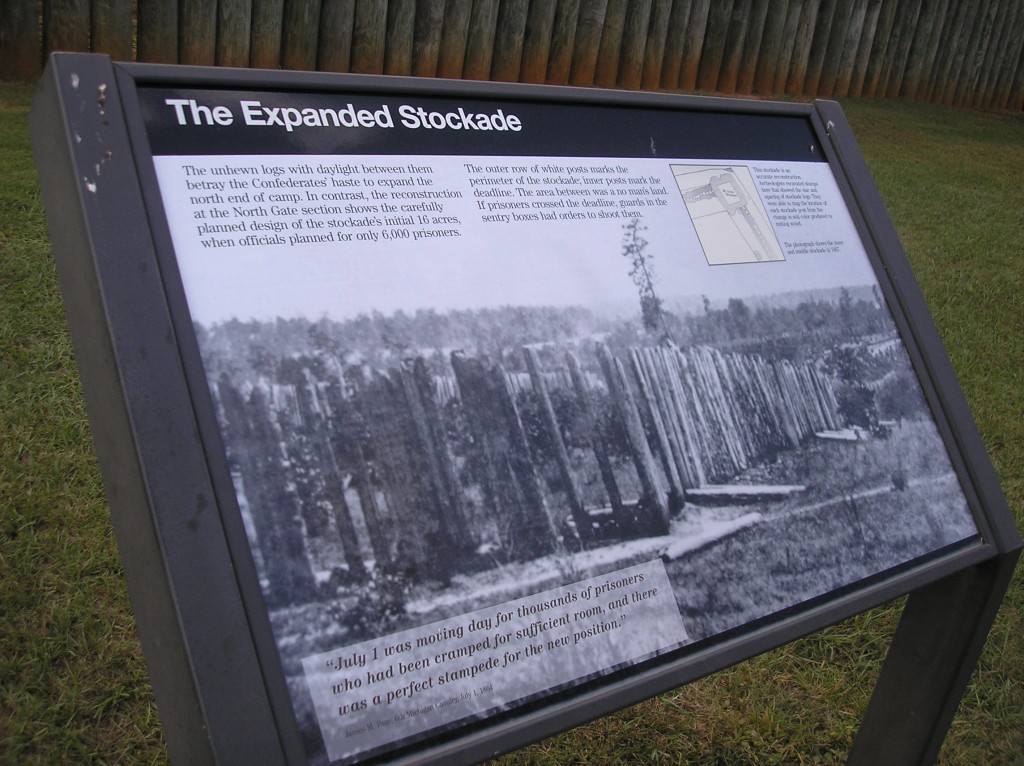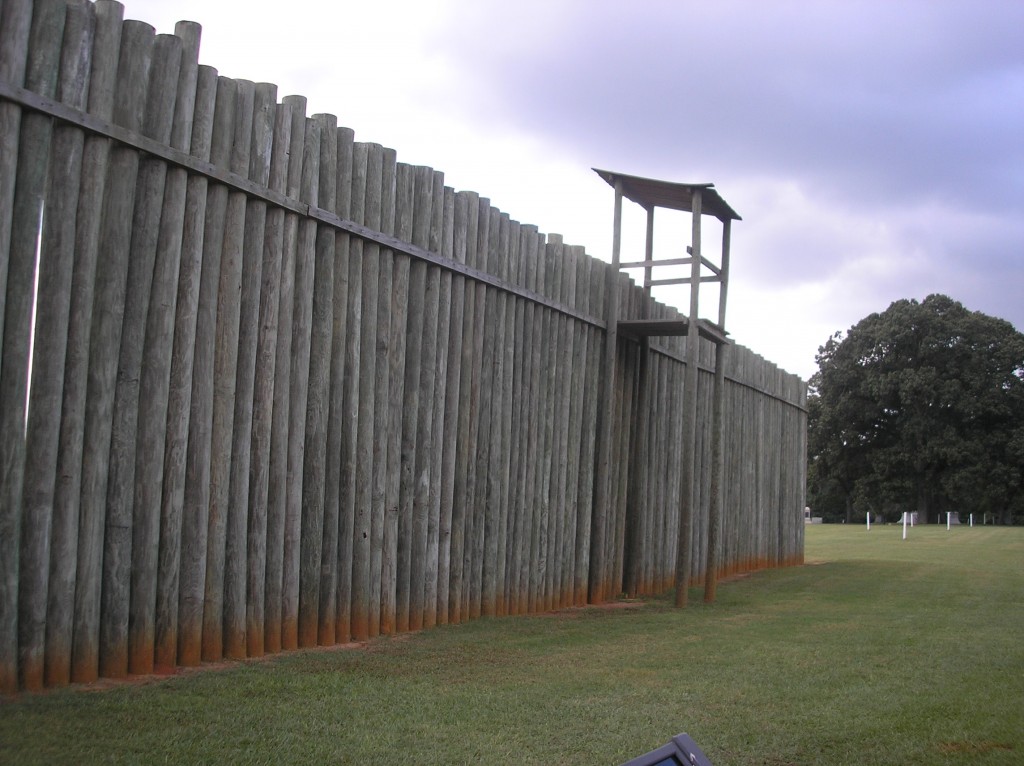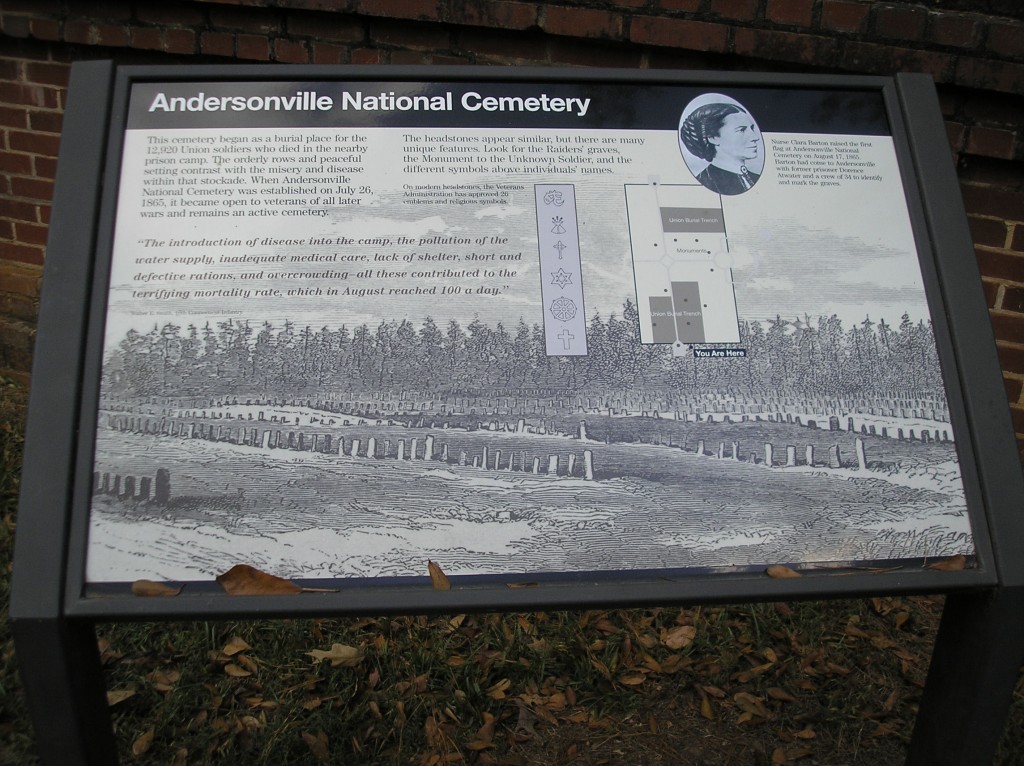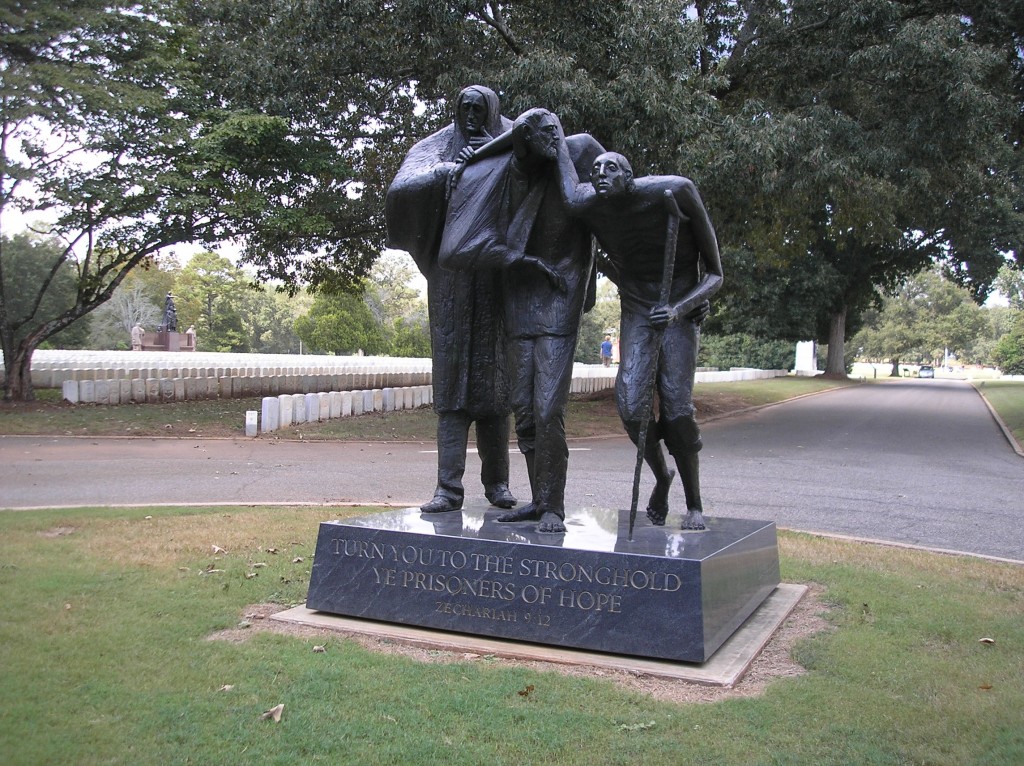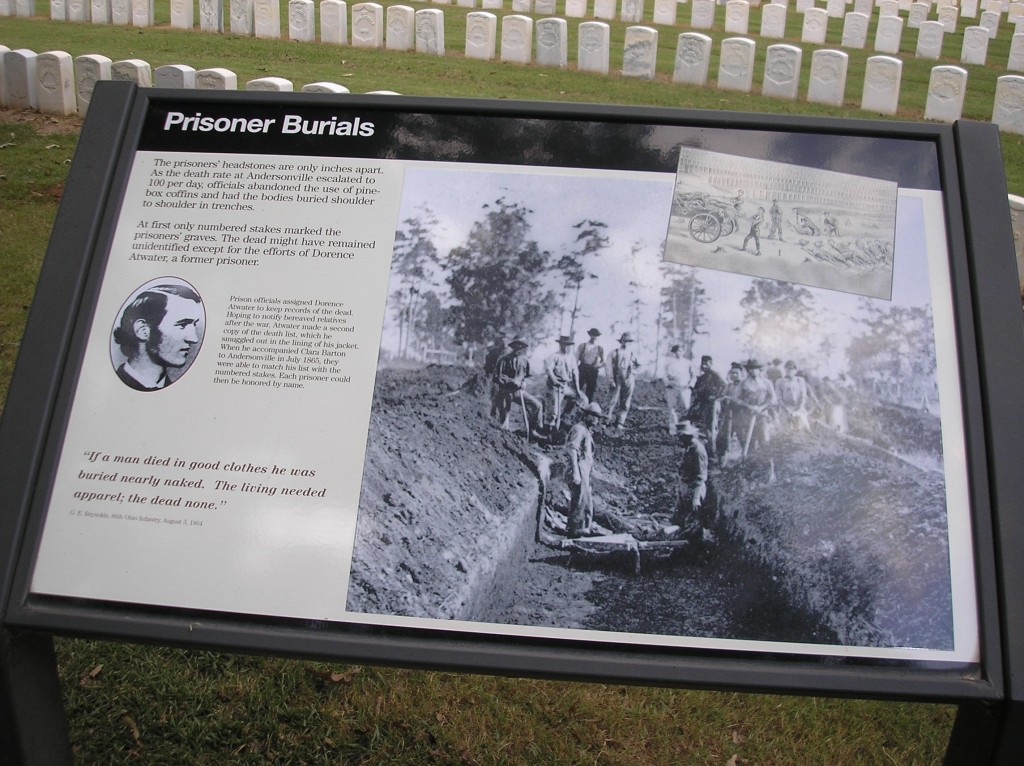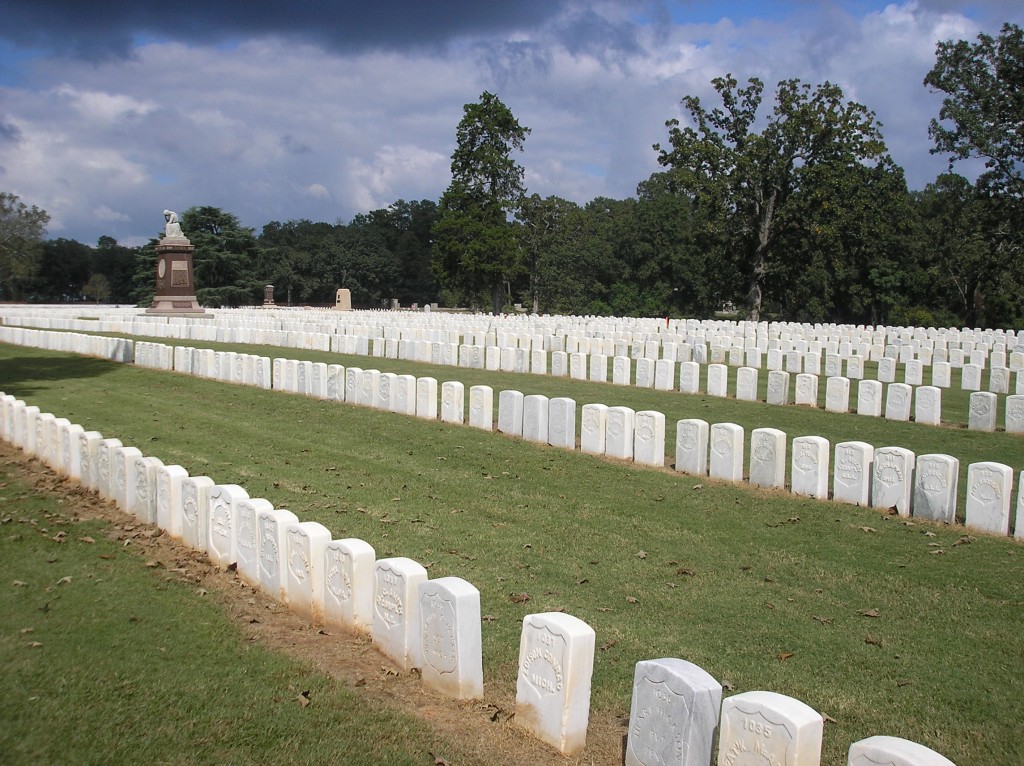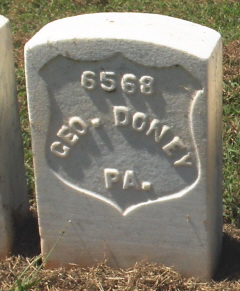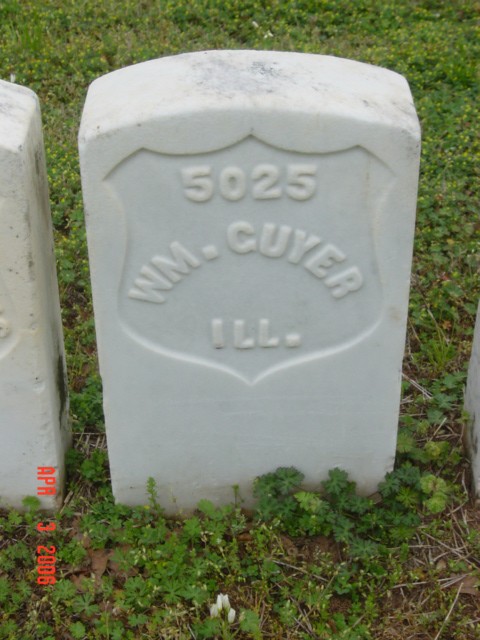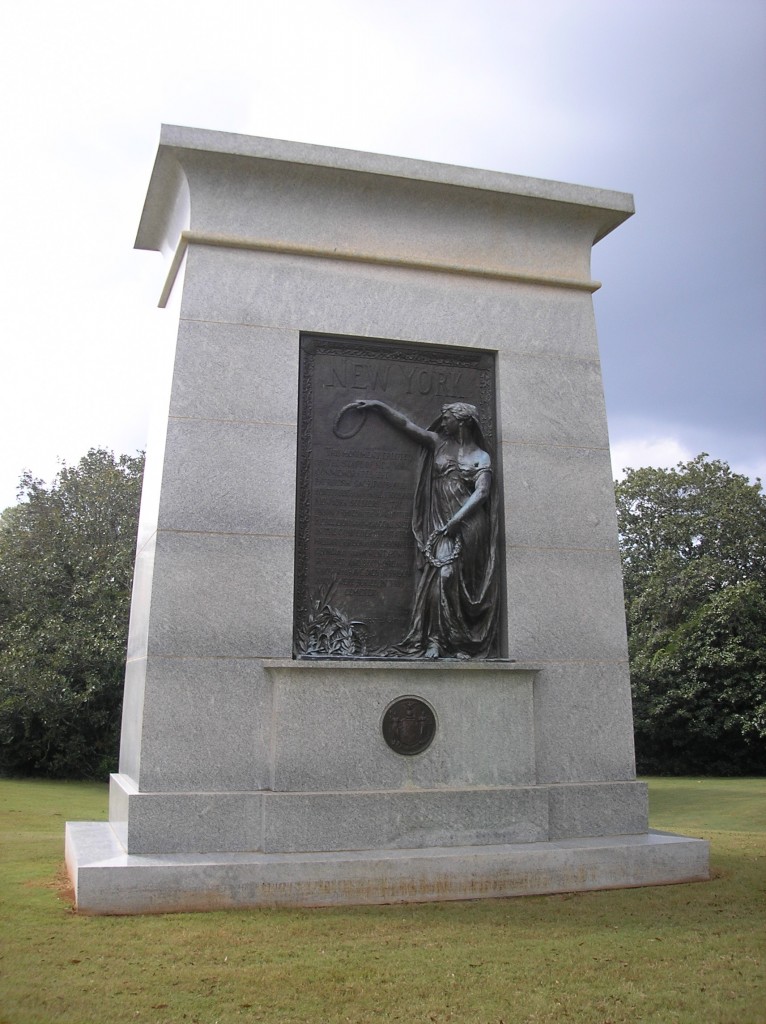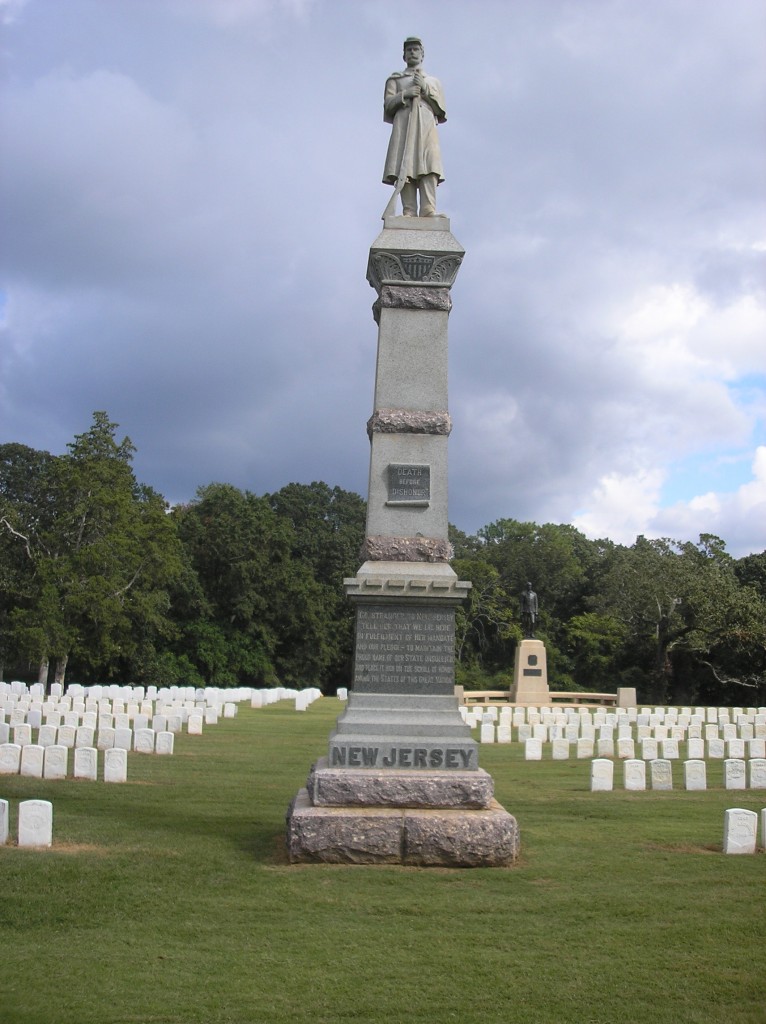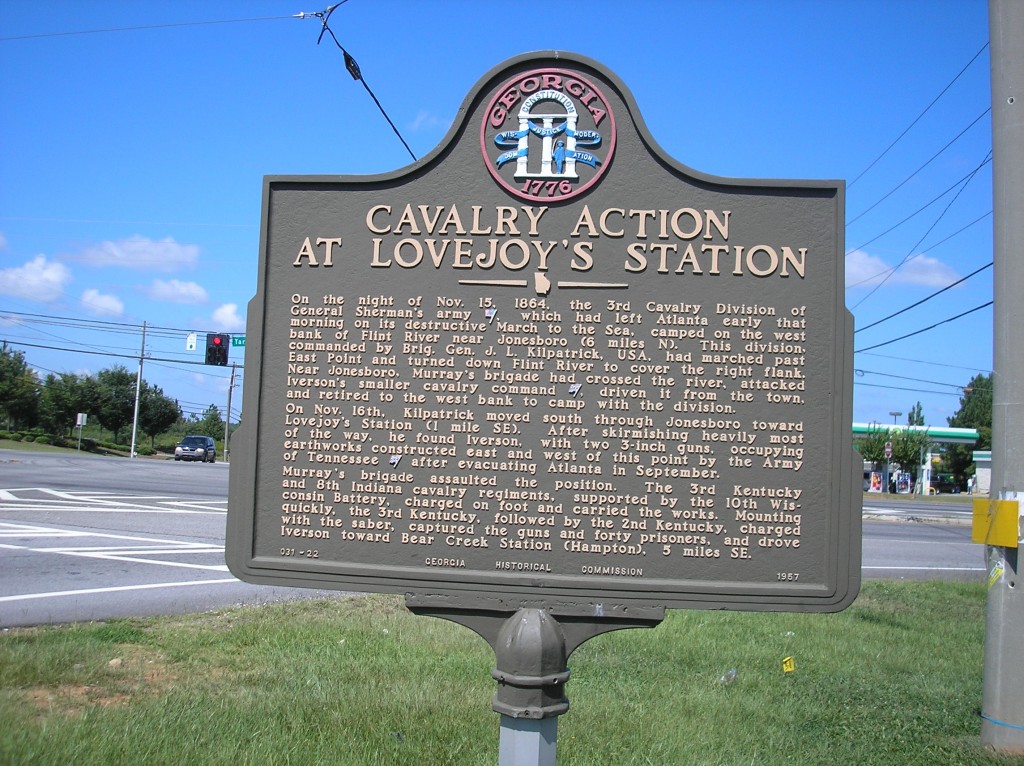The Crook Family of Clark’s Ferry
Posted By Norman Gasbarro on December 18, 2012
Four members of the Crook family of Clark’s Ferry, Dauphin County, Pennsylvania served in the Civil War. Clark’s Ferry is located in the lower part of the triangular area of study of the Civil War Research Project. The 1858 map (above) of Reed Township is from the Pennsylvania Archives. It shows the location of Clark’s Ferry in relation to the Susquehanna River, Duncan’s Island, the Northern Central Railroad and the Pennsylvania Canal. The four Crook family members who were Civil War veterans were: Abram Crook, also known as Gabriel Crook or Abraham G. Crook, the father; and sons, William H. Crook; Samuel A. Crook; and David R. Crook.
In the Census of 1860 for Reed Township (Halifax Post Office), Abram Crook appears with his family, including the three sons who ended up as soldiers. Abram Crook, in 1860, was a lock tender on the Pennsylvania Canal and two of his sons, William H. Crook and Samuel A. Crook, were working as laborers.
The story of the Crook family appeared in the Commemorative Biographical Encyclopedia of Dauphin County, page 317.
Capt. William H. Crook was born at Clark’s Ferry, Dauphin County, Pennsylvania, 29 February 29 1844. He is a son of Gabriel Crook and Catherine [Dale] Crook. His grandfather, William Crook, was born in Cumberland County, Pennsylvania, and was one of the prominent farmers of that county. He was the son of James Crook, a native of England, who was the first of the family to settle in this country.
Gabriel Crook, Captain Crook’s father, was born in Mechanicsburg, Cumberland County, and came to Dauphin County in 1842. He located on the Pennsylvania Canal, in Reed Township, and was lock tender at Clark’s Ferry until the breaking out of the war. He enlisted in company C, 136th Regiment, Pennsylvania Volunteers [136th Pennsylvania Infantry], for nine months; at the expiration of that term he re-enlisted in the 4th Regiment United States Regulars [4th United States Infantry]. He lost an arm at North Ann River, immediately after the Battle of the Wilderness; this was the ground of his honorable discharge from the service. He had been a soldier in the Florida War and the Mexican War also, and died at Steelton, Pennsylvania, 29 December 1892. He was a member of the G. A. R., and of the United Brethren Church. His wife died in 1876. They had six children: William H. Crook; Samuel A. Crook, of Rockaway, New Jersey, served one year in Company H, 33rd Regiment Pennsylvania Volunteers [33rd Pennsylvania Infantry]; David R. Crook, deceased, enlisted in the 47th Regiment Pennsylvania Volunteers [47th Pennsylvania Infantry], was transferred to the 27th Regiment [27th Pennsylvania Infantry], and was ordered on the staff of General Miles; Wesley Crook, of Harrisburg; Hannah Crook, Mrs. William Leply, of Lewisburg, Pa., and Margaret Ethel Crook.
Capt. William H. Crook was brought up in Reed Township, and educated in the township schools, and was also at school six months at Mechanicsburg, Pennsylvania. On 27 August 1861, he enlisted in Company C, 77th Regiment Pennsylvania Volunteers [77th Pennsylvania Infantry], as a private, and served three years. He was wounded at the battle of Camp Nevin, Kentucky. He re-enlisted in Company K, 203rd Regiment Pennsylvania Volunteers [203rd Pennsylvania Infantry], and was commissioned Captain of his company. He was finally discharged, 29 August 1865. He participated in the Battles at Mill Springs, Kentucky; Shiloh; Chickamauga; Deep Bottom, Virginia; Bentonville, North Carolina; and many other important engagements. He was wounded while on picket duty at the New Market Road, Virginia, and again at Folsom’s Station, Virginia. He was confined in the David Island Hospital. After the war closed he engaged in contract work in Harrisburg. He helped to build the Phoenixville and West Chester Railroad, the Schuylkill Valley Railroad, and the Baltimore and Ohio Railroad through Delaware. He has also been engaged in the sand business for a number of years.
He is a Republican, and was elected supervisor of the Fourth, Fifth, Sixth, Seventh and Eighth wards in 1889, and has filled that position ever since, with the exception of one year. He was re-elected in 1896. He is a member of Post No. 58, G. A. R., and was appointed on the staff of General Adams, Commander-in-Chief of the Grand Army of the Republic in 1894, which gave him the rank of Post Commander. In 1895 he was delegate to the State convention of the G. A. R., in Williamsport, Paennsylvania, and was elected by the State Convention a delegate to the National Convention, held in Louisville, Kentucky, September 1895. Captain Crook is a member of the Mt. Vernon Hook and Ladder Company, and the Firemen’s Beneficial Association of Harrisburg. He was married, in 1890, to Miss Mary E. Whippo daughter of Levi Whippo, of Huntingdon County, Pennsylvania. The family are members of the Bethel Lutheran Church.
In doing further research on the Crook family, the following was discovered about each of those who served in the Civil War:
——————————-
ABRAM CROOK (about 1821-about 1892)
Abram G. Crook applied for an invalid pension based only on his service in the 4th U.S. Infantry, Company F, in which he served as a Private from 16 February 1864 through his discharge on a Surgeon’s Certificate of Disability on 3 April 1865. His discharge, according to the information in Biographical Encyclopedia, was because he lost an arm in the Civil War. The enrollment records for Abram G. Crook for his Florida War and Mexican War service have been located as well as additional Civil War service in the 136th Pennsylvania Infantry, Company C, as a Private – mustered into service on 16 August 1862 and mustered out on 29 May 1863. The Pennsylvania Veterans’ Index Card for the service in the 136th Pennsylvania Infantry is shown below.
In addition, the name of Abram G. Crook has been located in a list of pensioners, published in 1883:
For his “disability,” he received a pension of $18 per month, a sum much larger than that received my most others on the page.
One record shows that Abraham G. Crook died on 29 December 1892. However, there is no date of date noted on the Pension Index Card (above) and if he died as late as 1892, he would have been a survivor when his son David died in 1891 and he was not named in David’s obituary.
——————————-
WILLIAM H. CROOK (1844-1914).
William H. Crook died in January 1914 and his obituary (above) appeared in the Harrisburg Patriot. Prior to becoming a police officer in Harrisburg, William H. Crook served for many years as a Supervisor in the city. He is believed to be buried in the Paxtang Cemetery, Paxtang, Dauphin County, Pennsylvania, but the stone there notes that he served in the 66th Pennsylvania Infantry and that information conflicts with other military records.

Veterans’ Index Cards at the Pennsylvania Archives show William H. Crook‘s service as follows:
William H. Crook was mustered into service in the 77th Pennsylvania Infantry, Company C, as a Private on 29 August 1861 and on 1 November 1861 he was transferred to Headquarters as a 3rd Class Musician in the Regimental Band. On 15 January 1862, he was discharged by General Order.
William H. Crook was mustered into service in the 203rd Pennsylvania Infantry, Company K, as a Private on 27 August 1864. The Register Sheet, available from the Pennsylvania Archives, makes no mention that he was promoted to Captain.
The above Pension Index Card from Fold3 shows that a pension file exists at the National Archives in Washington, D.C. Perhaps the information on William H. Crook‘s promotion to captain appears in those records.
——————————-
SAMUEL A. CROOK (1845-1922)
Samuel A. Crook is mentioned in the Biographical Encyclopedia as “of Rockaway, New Jersey.” He was a railroad man involved in the development of the Central Railroad of New Jersey, High Bridge Branch. During the Civil War, he served in the 83rd Pennsylvania Infantry, Company K, as a Private (not the 33rd Pennsylvania Infantry as incorrectly stated in the Biographical Encyclopedia). He was mustered into service at Harrisburg on 7 March 1865 and served until his honorable discharge on 28 June 1865. A Google search for Samuel A. Crook will produce many articles related to the railroad history. He is buried at the First Presbyterian Church Cemetery, Rockaway, Morris County, New Jersey, and at his grave site is an unusual G.A.R. star which was especially cast for him:

——————————–
DAVID R. CROOK (about 1846-1891)
David R. Crook died in Harrisburg. His obituary appeared in the Harrisburg Patriot in September 1891 and is shown above. It stated that he was a railroad man and was only 45 years old when he died. David’s service in both the 47th Pennsylvania Infantry (from 15 October 1864) and the 11th Pennsylvania Infantry, Company B, was duly noted in the obituary. He was mustered out with his company on 1 July 1865.
The Pension Index Card from Ancestry.com confirms that he received a pension but only notes service in the 11th Pennsylvania Infantry. David’s wife, Margaret A Crook, who is not mentioned in the obituary by name, received widow’s benefits after his death.
——————————–
The three Crook brothers and their father all belong in the Civil War Research Project in that they lived in Reed Township, Dauphin County. They were just recently “discovered” during a careful read of the Commemorative Biographical Encyclopedia of Dauphin County (click on title for free download). Anyone with additional information about them is urged to contribute it.
 ;
;
